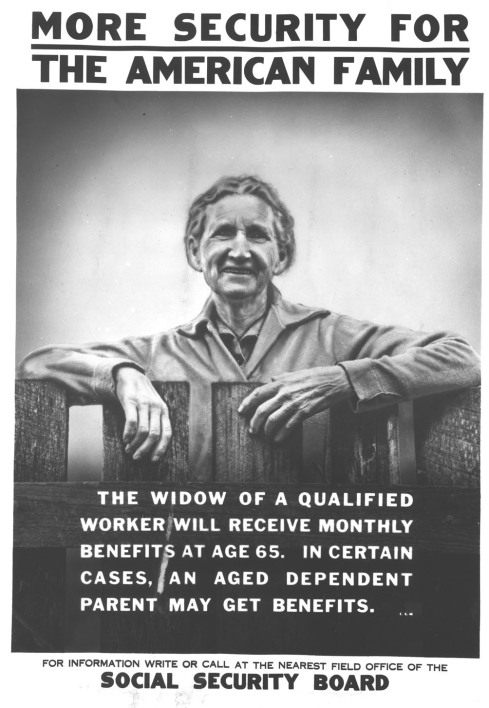You are currently browsing the category archive for the ‘Roosevelt Facts’ category.
April 18, 1942: An air squadron from the USS Hornet led by Lt. Col. James H. Doolittle raided Tokyo and other Japanese cities.
President Roosevelt bestows Congressional Medal of Honor on Brigadier General James Doolittle for a successful raid on Tokyo.
May 19, 1942
FDR Library Photo Collection. NPx. 65-696.
**********
Did you know:
- On April 18, 1938 FDR pardoned Dr. Francis E. Townsend, the originator of the Townsend Plan, who had been found guilty of contempt of Congress after walking out on the House of Representatives committee meaning dealing with his old-age pension plan.
April 12, 2011 marks the 66th Anniversary of the death of FDR.
***********************************************************
In April 1945, America and its allies were nearing victory in World War II. In Europe, Germany was on the brink of defeat, while in the Pacific plans for the invasion of Japan were
underway.
Three long years of wartime leadership took a grim toll on Franklin Roosevelt. By spring 1945 he was suffering from hypertension and heart disease. On March 29 he left Washington for a vacation at Warm Springs, Georgia. For years he had sought to restore his health at the rehabilitation center he founded there in 1927.
In the early afternoon of April 12, 1945 the President was in his private cottage at Warm Springs signing papers and sitting for a portrait painter. Suddenly, he raised his hand to his head, complaining of a headache. He slumped forward, losing consciousness.
At 3:35 P.M. the President was pronounced dead from a massive cerebral hemorrhage. Americans soon learned the news: the man who had led them through years of economic crisis and war was gone.
FDR’s sudden death stunned the nation. Few had known of the severity of President Roosevelt’s health problems. The public’s shock was magnified by the fact that Roosevelt had been America’s chief executive for over twelve years. Young Americans had no memory of any other President. The timing of his death, at a moment when victory in World War II seemed at hand, added to the country’s grief.

The final photograph of President Franklin D. Roosevelt - taken at Warm Springs, Georgia on April 11, 1945 - the day before his death
For more on the anniversary of President Roosevelt’s death, read the following pdf from the 60th Anniversary of FDR’s death. April 12, 1945 Anniversary
April 12, 1945: FDR dies in Warm Springs, Georgia.

Telegram from Eleanor Roosevelt to son John Roosevelt informing him of Franklin D. Roosevelt's passing.
Franklin D. Roosevelt’s funeral service in the East Room of the White House.
April 14, 1945
FDR Library Photo Collection. NPx. 72-18:422
Franklin D. Roosevelt’s funeral at Hyde Park, New York.
April 15, 1945
FDR Library Photo Collection. NPx. 77-144(1)
**********
Did you know:
- On April 12, 1933, Ruth Byran Owen, FDR’s nominee for minister to Denmark was confirmed by the Senate. Owen was the first female American diplomatic officer.
- On April 14, 1939, FDR asked Hitler and Mussolini for a pledge not to attack or invade nations of Europe and the Middle East.
- On April 13, 1943, FDR spoke at the dedication of the Thomas Jefferson Memorial.
April 5, 1933: Issues executive order establishing the Civilian Conservation Corps.
FDR – having lunch while visiting Civilian Conservation Corps (CCC) camp, Co. 350, at Big Meadows, Shenandoah Valley, Virginia. L-r: General Malone, Louis Howe, Harold Ickes, Robert Fechner, FDR, Henry Wallace, Rexford Tugwell.
August 12, 1933
FDR Library Photo Collection. NPx. 54-499.
**********
- Did you know…..
-
- On April 3, 1939 FDR signed the Administrative Reorganization Act of 1939. This act regrouped many federal agencies which had been formed over the years and eliminated others.
- On April 7, 1941 FDR issued an executive order forming the USO.
On April 3, 1929, FDR delivered his first radio address as NY governor to report to the people on the legislature’s work. This speech was the fore-runner of his later Fireside Chats, and in it he attacked Republicans for not living up to their campaign platform promises.
For some excerpts from that radio address: 4-3-1929 Radio Address
March 22, 1933: FDR delivers a message to Congress on unemployment relief and the creation of the Civilian Conservation Corps.
- FDR’s message to Congress recommending the Civilian Conservation Corps, pg1
- FDR’s message to Congress recommending the Civilian Conservation Corps, pg2
- FDR’s message to Congress recommending the Civilian Conservation Corps, pg3
- FDR’s message to Congress recommending the Civilian Conservation Corps, pg4
- ***********
- Did you know…..
- On March 22, 1933 FDR signed the beer-wine revenue act. This act amended the Volstead Act of 1919, and legalized the sale of wine and beer that contained no more than 3.2 percent of alcohol.
- On March 25, 1942 FDR awarded the Congressional Medal of Honor to General MacArthur.
March 17, 1905: FDR and ER are married in New York City by President Theodore Roosevelt.
Franklin and Eleanor Roosevelt at “Algonac” in Newburgh, NY.
May 7, 1905
FDR Library Photo Collection. NPx 63-536.
Franklin and Eleanor Roosevelt pictured shortly after their marriage in March 1905.
March 1905
FDR Library Photo Collection. NPx 62-41.
- ***********
- Did you know…..
-
- The date of Franklin and Eleanor’s wedding had been determined by the fact that “Uncle Ted” planned to be in New York City that day to review the St. Patrick’s Day parade.
- On March 17, 1941, FDR dedicated the National Gallery of Art in Washington, D.C.












